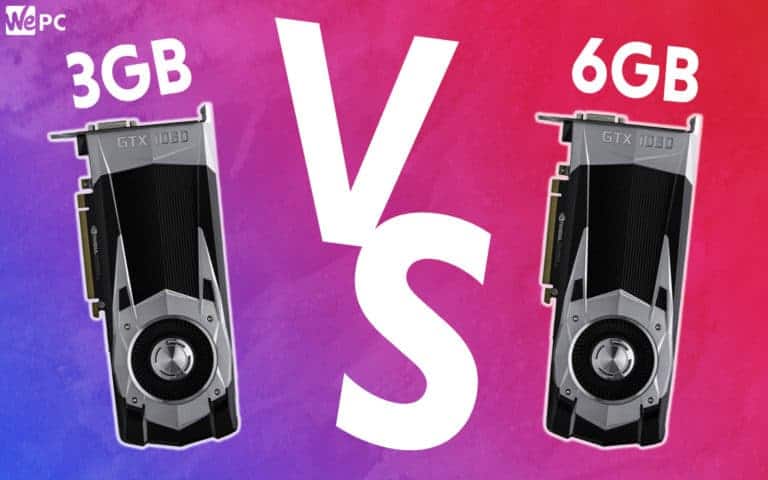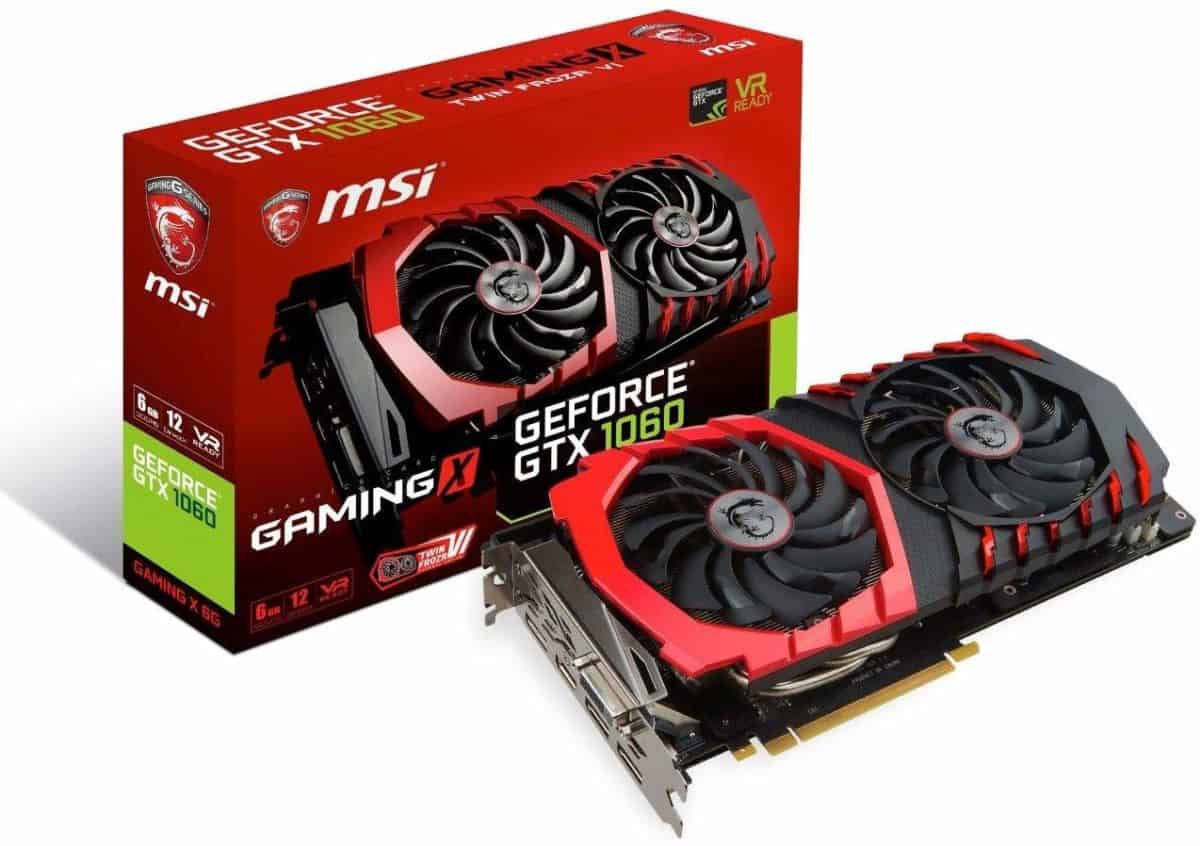GTX 1060 3GB vs 6GB
In this article, we breakdown the main differences between the GTX 1060 3GB Vs. the GTX 1060 6GB version

Whether you’ve recently taken up gaming as a hobby, or you’ve undertaken the task of trying your hand at your very first PC build, selecting the right graphics card is one of the most important steps to get right.
Released back in July of 2016 as part of Nvidia’s 10 Series, the GTX 1060 made waves for being one of the first Nvidia cards to make the jump from Maxwell to Pascal. Nowadays, despite being considered as one of Nvidia’s more ‘outdated’ offerings, it’s still a solid choice for those on a budget or looking for an entry-level card.
Sound like you? You’re in the right place! If you’ve already begun research, you may have noticed that it comes in two variant GB sizes: 3GB and 6GB. So, to help uncover which version is best for you, as well as what kind of performance you can expect from both, we’ve created this helpful guide that outlines the differences between the two. Read on!
Architecture
First off, we’re going to be kicking things off by taking a look at the architecture, which simply refers to the type of hardware a card has. Both versions of the GTX 1060 feature Pascal micro-architecture that, despite being outdated, is considered by many to still offer a respectable performance by today’s standards. Though it will go without saying that this architecture may struggle to pull through on latest-generation games and other kinds of heavy workloads, it will be more than capable of handling the demands of everyday PC usage, and moderate gaming without any issues.
Resolution
So, now that you know the architecture used in the 1060, what does that mean for performance? As far as differences go between the two varying gigabyte sizes, this specification is one of the main areas where we see the 6GB pull ahead. On average, you can expect to achieve around 70-80fps while running the 6GB version on 1440p and 1080p. In contrast, the 1060 3GB will be able to manage around 60fps at 1440p to 1080p which is still pretty impressive given its capacity, especially if you are only looking for a graphics card for light to moderate use. Nevertheless, both sizes will struggle at a resolution of 4K, which is something to keep in mind if you plan on playing games/streaming at that level.
Cooling
The next specification we’re going to be taking a look at is the cooling capability, which helps to indicate to us how well the card will be able to prevent itself from overheating, as well as how well it can handle being overclocked.
Both variants of the 1060 feature premium materials that will help to keep the overall unit cool, built-in thermals, and fans. Despite this, as both the 3GB and 6GB aren’t set up for heavy workloads, you may not to purchase an additional cooling system to keep it cool. In addition, both types tend to operate quite loudly due to the fan design.
Ray Tracing
The next specification we’re going to take a look at is ray-tracing, which refers to the ability to render realistic lighting and shadow effects in gaming environments, for a much more lifelike experience. Unfortunately, regardless of GB size, the Nvidia GeForce 1060 does not contain the necessary hardware required to be able to support ray-tracing. Interestingly, though, it is also one of the only GTX cards from Nvidia that does support the driver update released by Nvidia, in order to make ray-tracing possible on GTX cards, rather than staying exclusive to their RTX 20 series.
However, if you do choose to try out ray-tracing via the 1060, you’ll only be teasing yourself as it will struggle to keep frame rates high. It will also take a big chunk out of the memory, so you may encounter lagging and buffering – regardless of the gigabyte size. Therefore, if ray-tracing is an important gaming specification that you require, you may want to consider switching your focus to a card more suited to handling the demands of ray-tracing in latest-generation games, such as the Nvidia GeForce RTX 2060.
Dimensions
There isn’t too much contrasting or comparing to do here! As we’re only comparing varying sizes of the same card, it means that both the Nvidia GeForce GTX 1060 3GB and the Nvidia GeForce 1060 6GB are the exact same size. Both will connect to the rest of the PC system via a PCI-Express 3.0 x 16 interface and are 250mm in length, 11mm in width and both feature a dual-slot cooling solution.
VRAM
Now, as we’re only comparing the differences between two versions of the same card, the VRAM (or video memory) is one of the only places where we can see a significant difference. Both versions of the GTX 1060 utilize GDDR5, which is still widely considered to be one of the best types of random memory in the gaming world.
However, the main difference is that the GTX 1060 6GB utilizes double the amount of VRAM as compared to the 1060 3GB. In addition to this, the GTX 1060 6GB version also contains 10% more CUDA cores than its slightly smaller counterpart, making it the most ideal choice out of the two for heavier workloads.
Final Words
So, there you have it! Thanks for sticking with us throughout this comparison review. Regardless of the size, both cards are great entry-point selections for the newbie gamer or PC-builder that doesn’t require too much horsepower.
However, it should come as no surprise that you can expect to get an all-around better performance from the Nvidia GeForce GTX 1060 6GB version of the card, as it has 10% more CUDA cores as compared to the GeForce GTX 1060 3GB, not to mention offering double the GB size. Thank you for reading!




